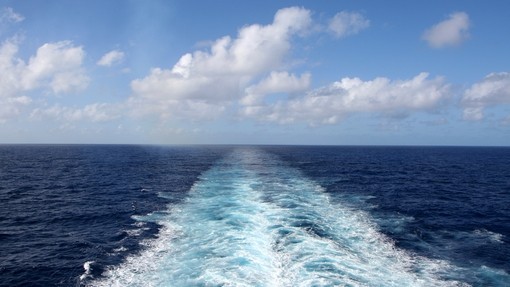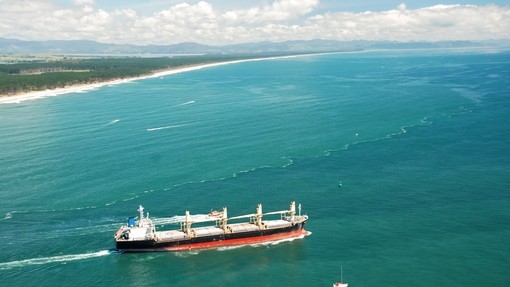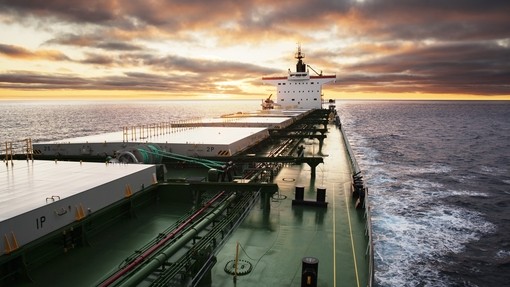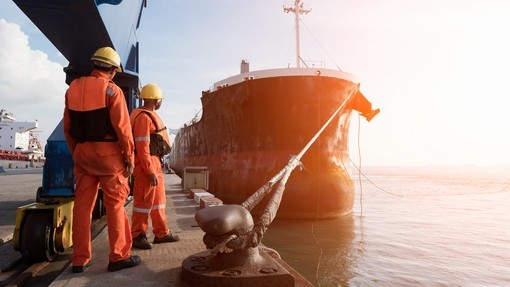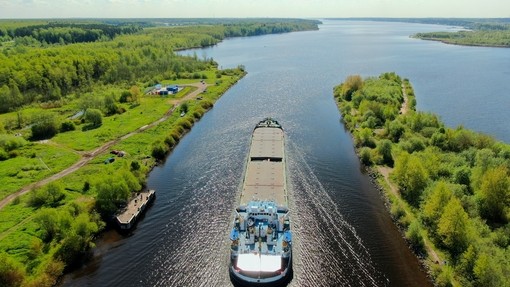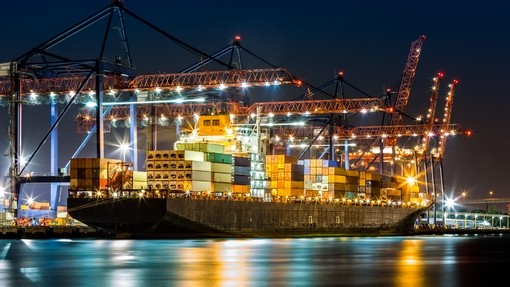Part one: The global sulphur cap – a look into IMO 2020
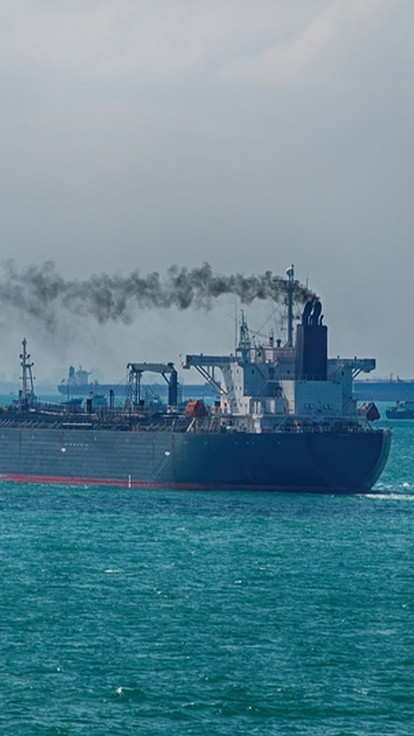
Details
In our previous two articles on environmental shipping law we have considered the monitoring regimes that have been developed by the EU and the IMO, both aimed at reducing the greenhouse gases (GHGs) and carbon dioxide emissions in the shipping world. With this third article we are going to analyse the IMO 2020 global sulphur limit which aims at reducing the amount of sulphur oxide emanating from ships and, consequently, at improving the health and the environment especially for people that live close to ports and coastal areas.
The global sulphur cap has been the subject of many discussions recently due to the forthcoming implementation date (1 January 2020) and the latest proposal to completely ban the carriage of non-compliant fuel oil on board ships.
What are sulphur oxides (SOx)
Sulphur oxides (SOx) are one of the main elements of pollution from ships, together with nitrogen oxides (NOx) emissions. Sulphur compound is contained in the marine fuels used in engines on board vessels and with combustion it causes the SOx emission. The smoke containing SOx further oxidises and, in presence of catalysts, can form sulphuric acid which is a major cause of acid rain.
It has also been proved that SOx contributes to the formation of secondary inorganic aerosol gases which are harmful to humans.
In the shipping sector vessels burn mostly heavy oil and diesel oil with high sulphur content and, in an effort to improve air quality and protect the environment, the international shipping world has decided to implement more stringent norms.
Legal framework
Annex VI to the International Convention for the Prevention of Pollution from Ships (MARPOL) adopted in 1997 limits the main air pollutants contained in ships’ exhaust gas, including SOx and NOx and prohibits deliberate emissions of ozone depleting substances (ODS).
Annex VI entered into force on 19 May 2005 and in the same year, due to the technological improvements achieved, the Marine Environment Protection Committee (MEPC) during its 53rd session decided it needed to be revised in order to strengthen the emissions limits.
In 2008 (MEPC 58) a revised version of Annex VI was adopted which provided for a global progressive reduction in emissions of SOx, NOx and the introduction of emission control areas (ECAs).
Regulation 14
The progressive reduction steps for SOx are included in Regulation 14 of MARPOL Annex VI and are as follows:
- 4.50% m/m (mass/mass) prior to 1 January 2012
- 3.50% m/m on and after 1 January 2012
- 0.50% m/m on and after 1 January 2020
It was also decided that a review of the limit set for 2020 would be completed by 2018 to assess the availability of fuel oil to comply with the fuel oil standard set forth at point 3 above leaving IMO free to decide to defer the global cap to 1 January 2025.
In October 2016, the IMO during its MEPC 70 meeting completed its revision and confirmed that the fuel oil standard with a 0.50% limit for SOx would become effective on 1 January 2020.
Regulation 18.1(b)(i)
This is directed more at fuel oil suppliers and their control by the appropriate authorities and is aimed at making sure that ships are enabled to comply with Regulation 14 discussed above.
Pursuant to Regulation 18.1(b)(i) ‘fuel oil for combustion purposes derived by methods other than petroleum refining shall not exceed the sulphur content set forth in Regulation 14 of this Annex’.
What does the new global cap mean for the shipping industry?
Ships will have to use fuel oil on board (including the one used for main and auxiliary engines and boilers) with a sulphur content of no more than 0.50% m/m against the current limit of 3.50%, a significant reduction. There are exemptions for situations involving the safety of the ship or saving life at sea, or if a ship or its equipment is damaged.
In order for ships to meet this new, low global cap for sulphur emissions the alternatives available are using:
- Ultra low-sulphur compliant fuel oil (ULSFO) – this should minimise the operational difficulties for shipowners, however the concern is that there will only be a few suppliers which will be able to offer a reliable supply of this type of fuel, at least at the beginning. Additionally, the high demand of this type of fuel is likely to bring up the cost
- LNG fuel – this can help shipowners and operators meet emissions Regulations, as it contains virtually no sulphur, and offers reduced NOx emissions and lower GHG emissions. The problem is the high cost of retrofitting ships and the lack of sufficient infrastructures to meet a sudden increase in demand, including for new builds
- MGO/DMA – this is the most convenient route to compliance as it requires very minimal investment from shipowners and is widely available. The downside is the higher cost which will probably see a freight rate increase
- Approved equivalent methods, for example exhaust gas cleaning systems or ‘scrubbers’ which clean the emissions before they are released into the atmosphere. Such methods are already envisaged in MARPOL Annex VI Regulation 4.1.These seem to be quite an expensive alternative and there is a fear that they will become obsolete a few years from now due to the new Regulations which are being implemented to preserve the environment and the likely increased availability of ULSFO with consequent drop of HSFO. Furthermore, their use could be limited by dry-dock space and manufacturing capacity, especially considering the short time left
Slow steaming is no longer considered an effective option as more ships will be needed to carry the goods, which means that the emissions have to be multiplied for the higher number of ships in circulation with the effect that the emissions will increase instead of decreasing.
As additional requirements, the bunker delivery note will have to state the sulphur content of the fuel oil supplied, which can be verified by taking samples, and the International Air Pollution Prevention (IAPP) certificate issued by the flag state will have to state that the ship uses a fuel oil with sulphur content within the applicable limits or uses an approved equivalent method.
Another important consideration to make is the availability of the fuel. For example, bunkering ports which are located in countries which are not parties to Annex VI have no direct requirement to comply with Regulation 18. Shipowners should, therefore, when ordering bunkers, insert clauses to the effect that the fuel oil supply process is to be in accordance with the requirements of Annex VI and with specified maximum sulphur content appropriate to the particular intended future area of operation. There may also be a local non-availability of the required fuel oil in which case the shipowner must have made his best efforts to attempt to obtain the required fuel oil. This should be taken into account by parties when considering what action to take, or not to take, in the case of a ship using non-compliant fuel oil.
Read part two: The global sulphur cap – a look into IMO 2020

